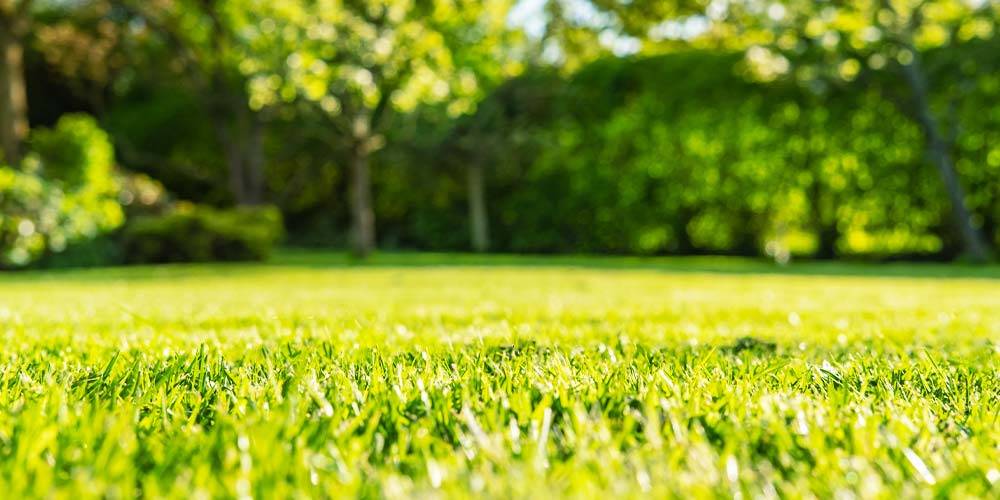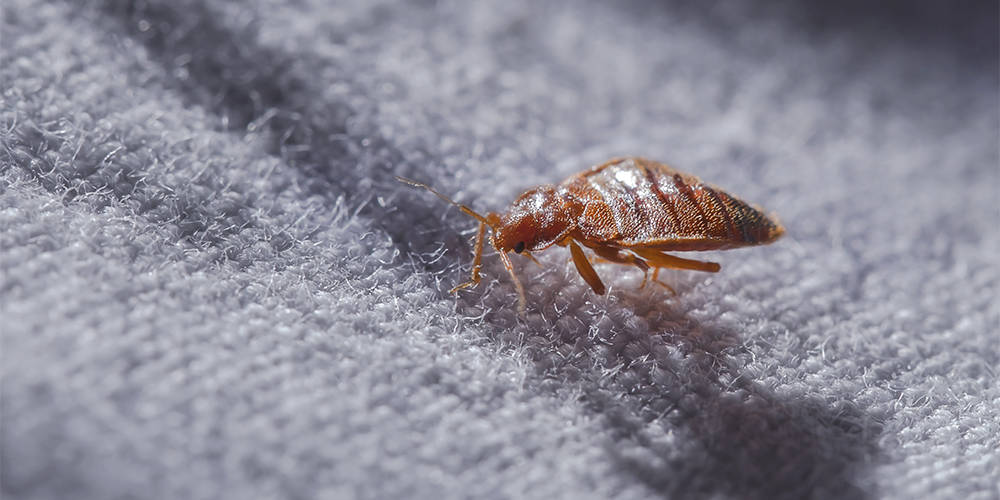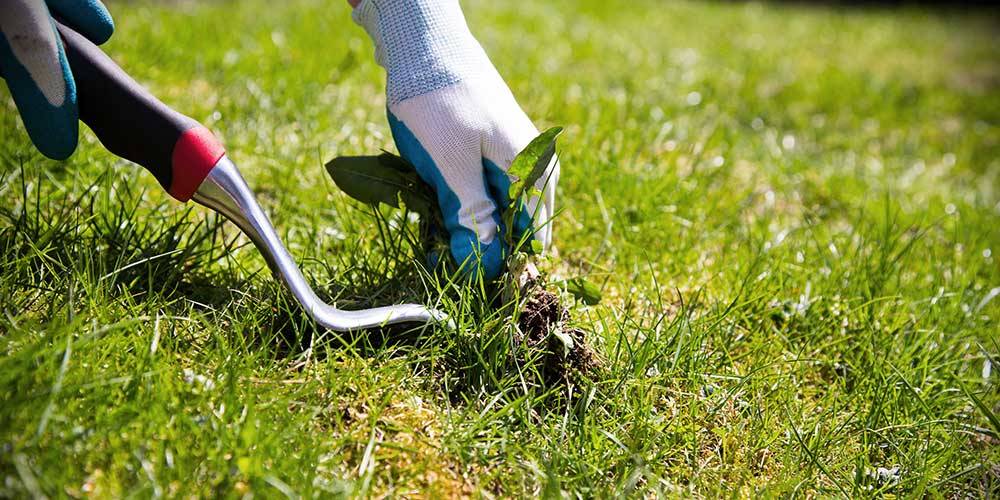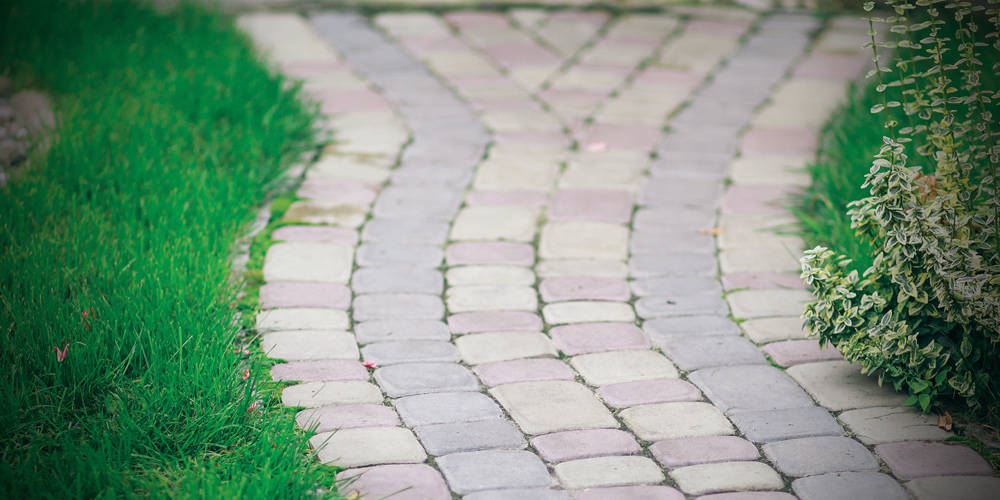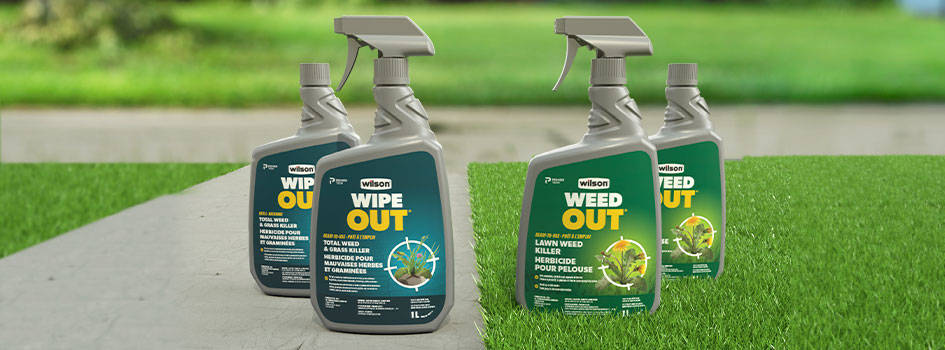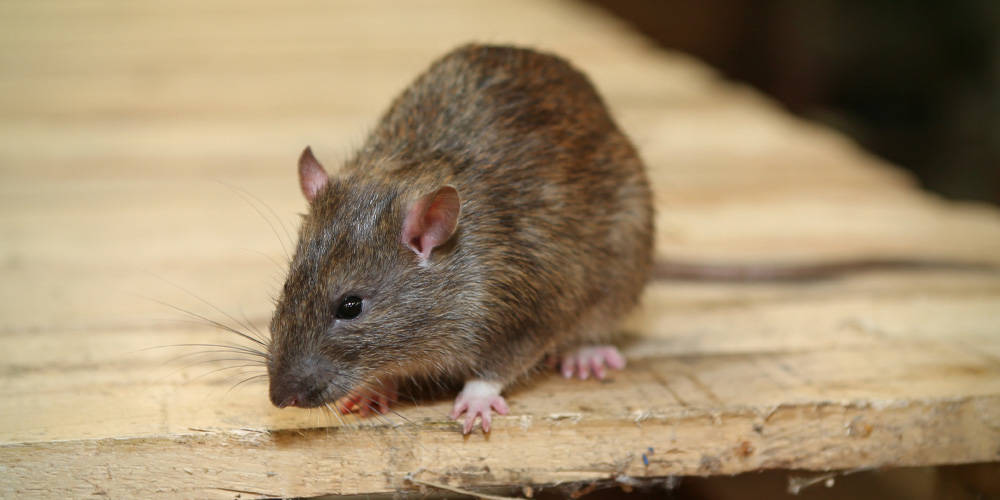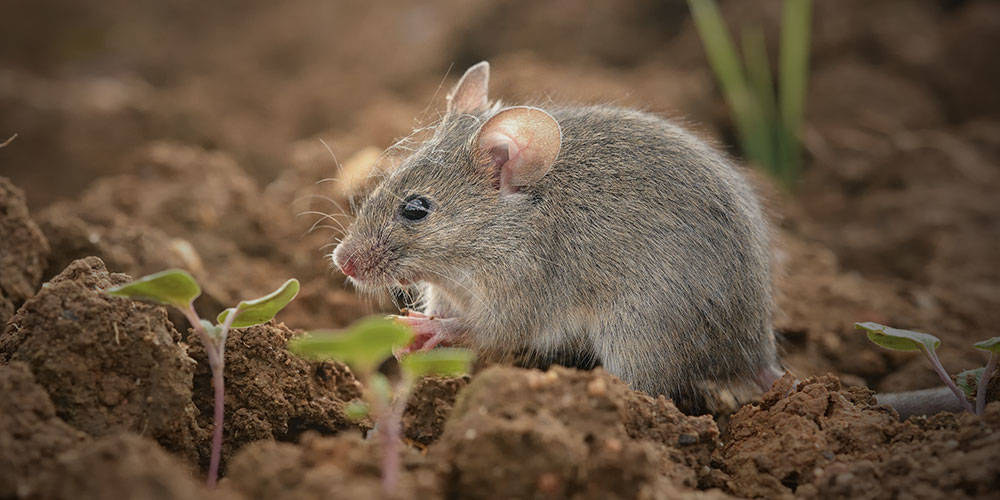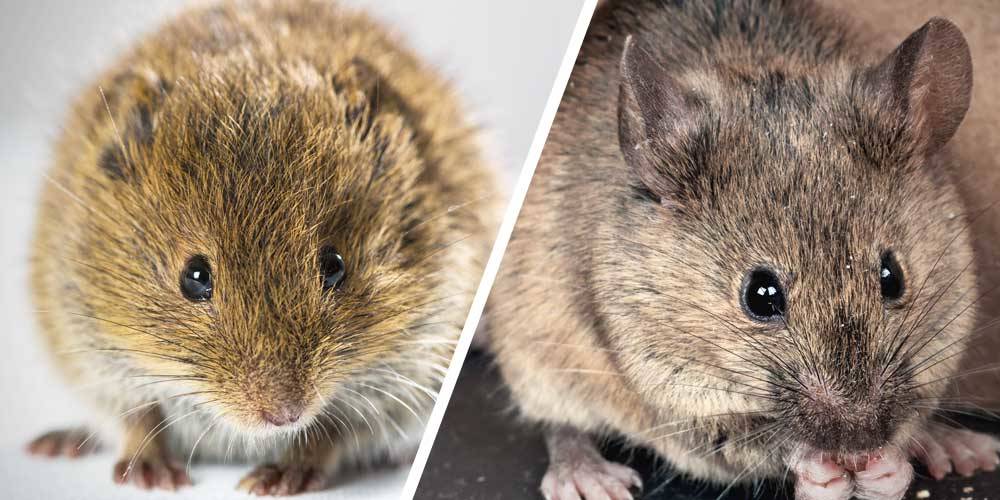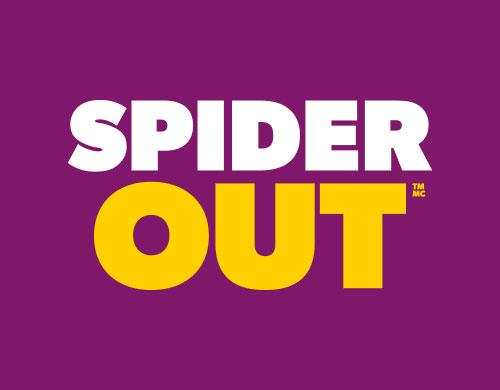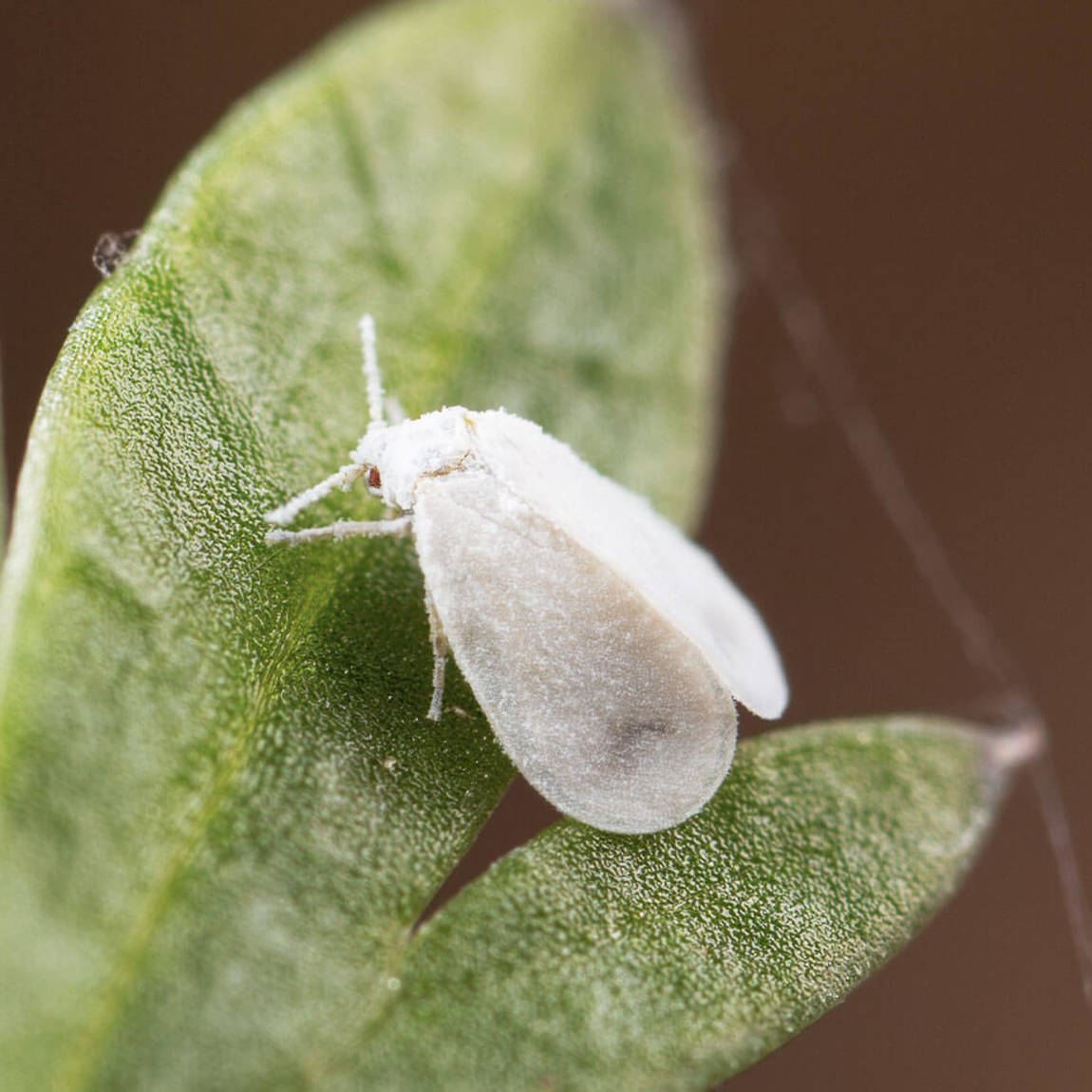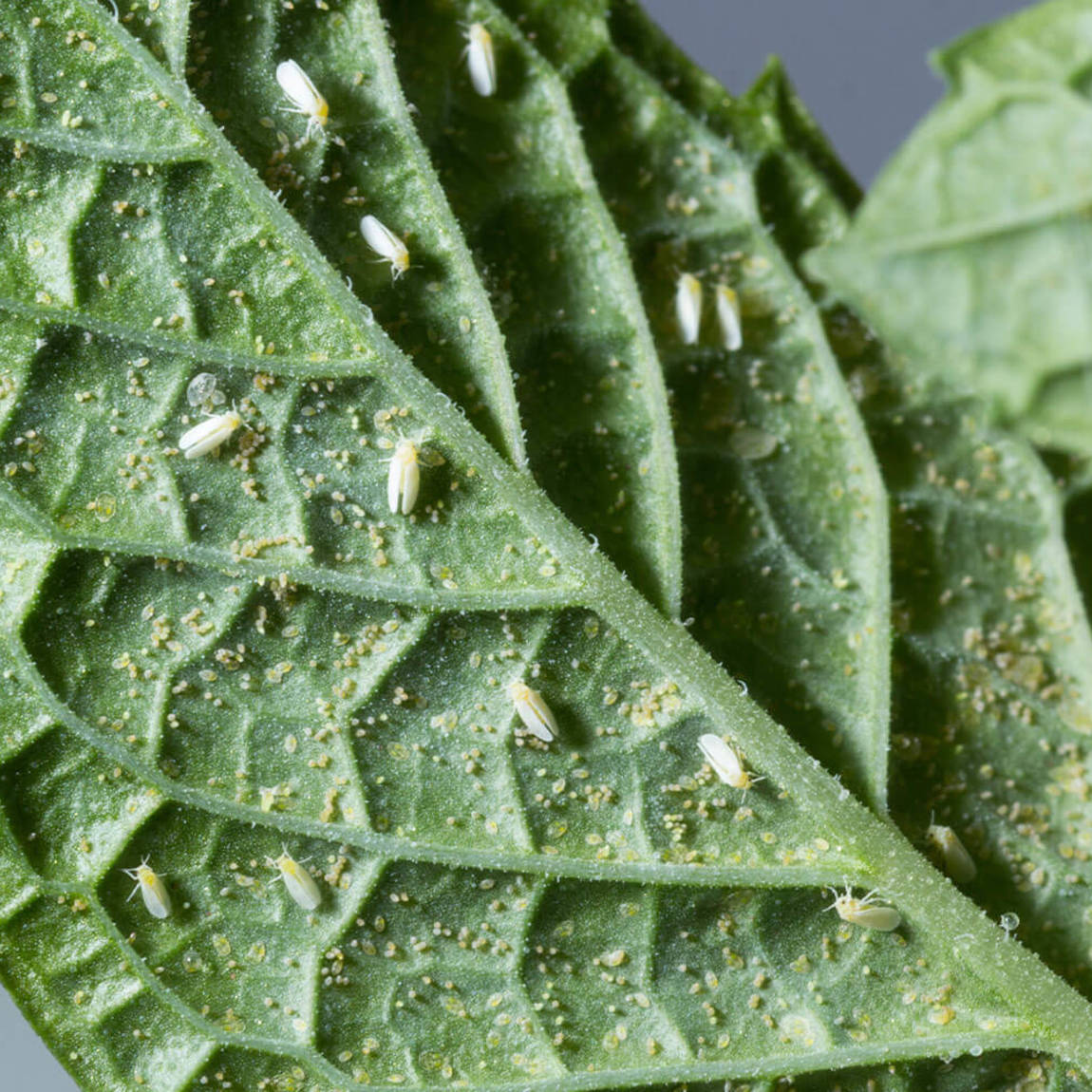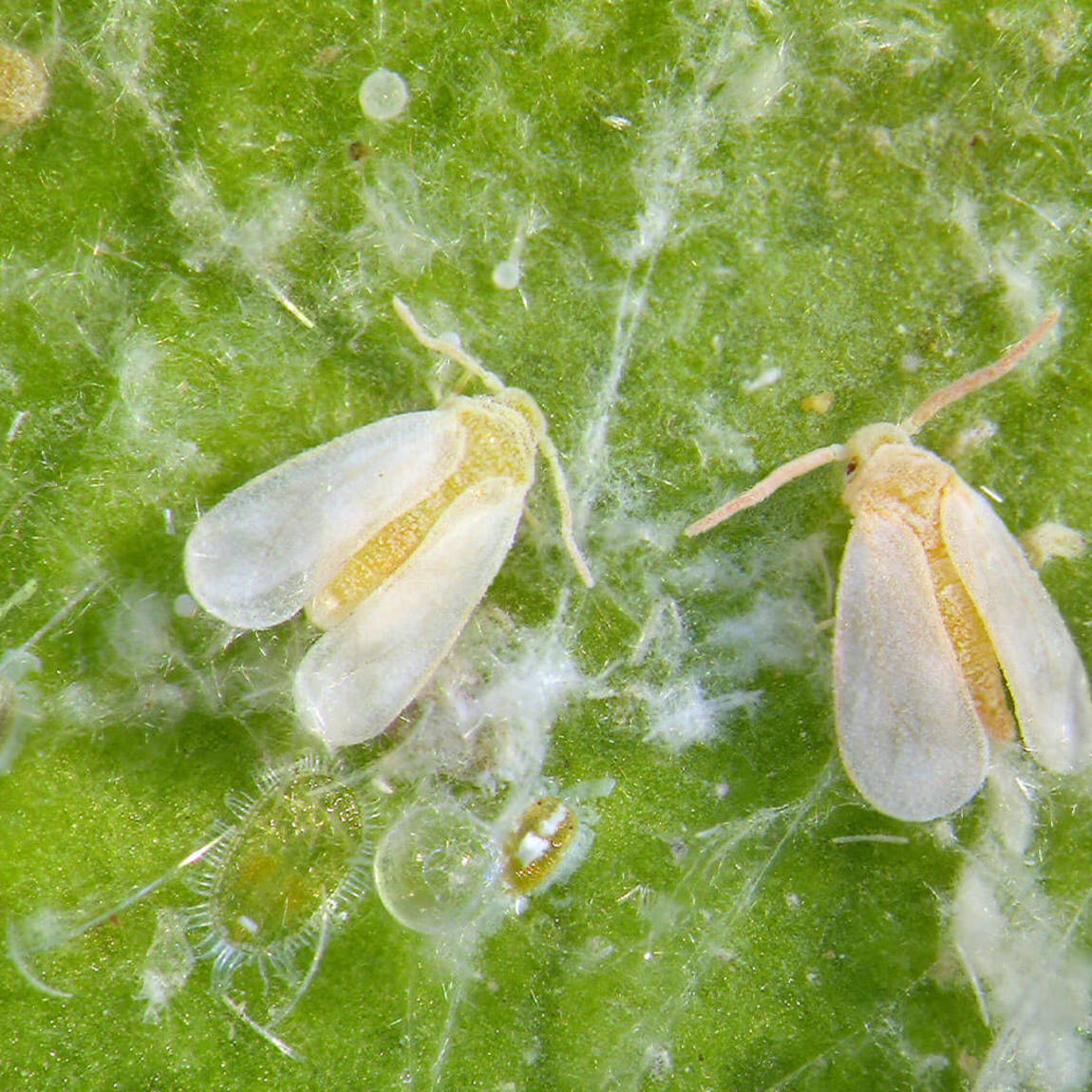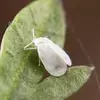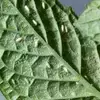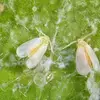Whiteflies
About Whiteflies
Despite their name, whiteflies aren’t really flies, but they are related to aphids and other sap-sucking insects. The pests are easy to identify because they fly out in a swarm when the plant is brushed or bumped. Whiteflies are harmful at every stage of development, causing leaves to turn dry and yellow and eventually drop from the plant. In warm weather, eggs can progress to adults in a couple of weeks.
Like other sucking insects, whiteflies produce honeydew, a sticky substance that can attract sooty mold. While sooty mold isn’t deadly, infected leaves take on a dark, unsightly appearance. If that’s not bad enough, adult whiteflies can also transmit viruses from plant to plant.
How to get rid of whiteflies on houseplants
Take action as soon as you notice the pests or their eggs.
- Hang yellow sticky traps from infected plants. While the traps won’t completely eradicate the pests, they are useful when used with other forms of control. Most importantly, sticky traps will help you monitor the pests and determine if your efforts are working.
- Spray whiteflies with commercial insecticidal soap. Be sure all leaf surfaces are covered. Repeat every few days because the soaps have no residual effect.
- Spray plants with a ready-to-use insecticide formulated for houseplants. This isn’t the ideal solution, as the sprays don’t kill eggs and must be repeated weekly.
